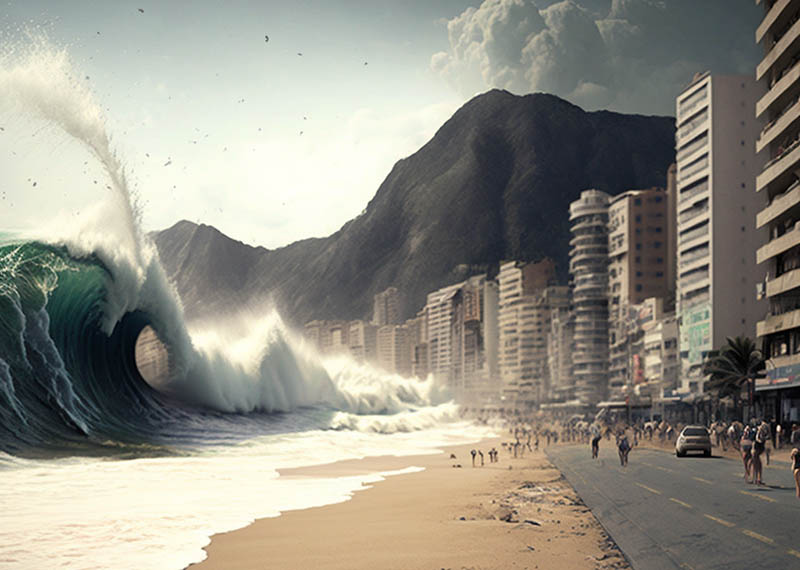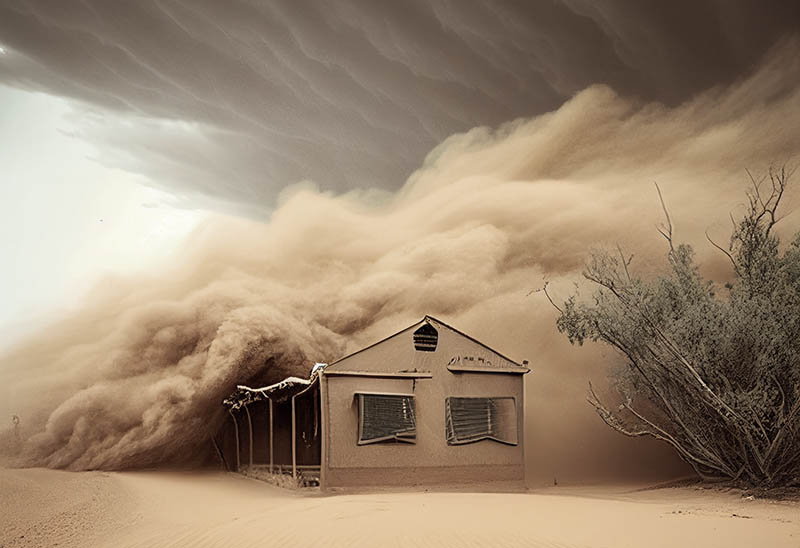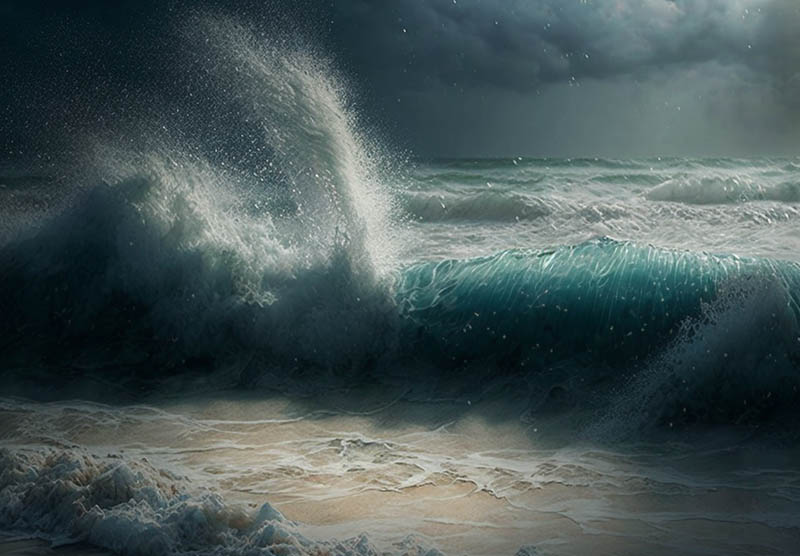Tsunamis are one of the most dangerous natural disasters. They are almost impossible to predict, impossible to defend against, and the only thing to do is to run away.
What Is A Tsunami?
A tsunami is a series of ocean waves with very long wavelengths (typically several hundred kilometers) caused by large-scale disturbances of the ocean, such as earthquakes, volcanic eruptions, and landslides. Killer waves rarely come alone. Usually, the first strike is followed by others, and the interval between waves can be several hours.
Tsunami 2004
The 2004 Indian Ocean tsunami was one of the most destructive natural disasters in history, killing over 200,000 people in 14 countries. It was caused by an earthquake with the energy of 23,000 atomic bombs.
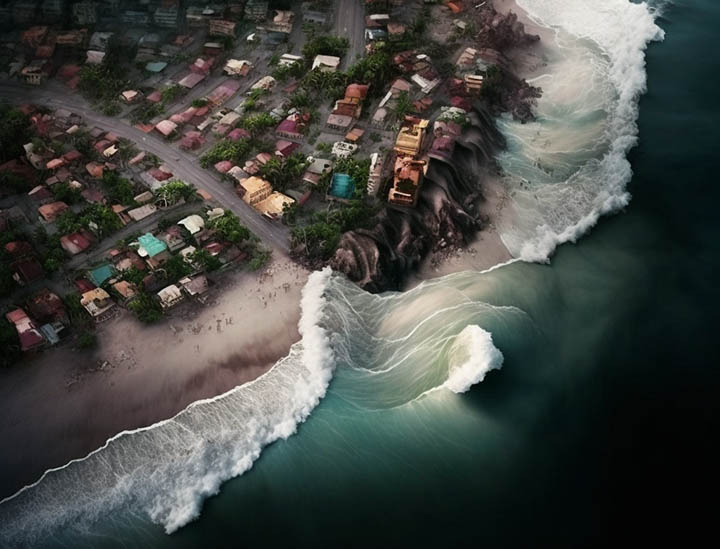
Megatsumani in Alaska, 1958
The tallest tsunami ever observed was in Lituya Bay, Alaska in 1958, where a landslide caused waves over 500 meters high. A landslide of about 30 million cubic kilometers (7.1 million cubic miles) fell into Lituya Bay, causing a megatsunami.
Dangerous Locations
Indonesia is the country where tsunamis occur the most often, due to its location on the Pacific “Ring of Fire,” an area prone to earthquakes and volcanic activity. The Philippines are also in danger. Generally, about 80% of tsunamis happen within the Pacific Ocean’s “Ring of Fire.”
Speed of Tsunami
Tsunamis can travel at speeds of up to 800 kilometers per hour in deep water. In the open sea, the killer wave is quite low, but in shallow water, its speed drops sharply, and its height increases significantly.
Types
Tsunamis can be classified into two main types: ocean-wide, which are caused by large-scale disturbances in the ocean, and local, which are caused by underwater landslides or volcanic eruptions. Local tsunamis can also happen in rivers, lakes, bays, etc.
How Long Can It Travel?
Tsunamis in oceans can travel thousands of kilometers and affect multiple countries and coastlines. There have been known cases where waves have circled the entire globe. Tsunamis in seas, such as the Mediterranean or the Black Sea, are generally smaller in scale than ocean-wide tsunamis, but can still cause significant damage and loss of life.
Killer Wave Or Not?
The terms “tsunami” and “killer wave” are often used interchangeably, but they can actually refer to different things. the term “killer wave” is more commonly used to describe rogue waves, which are unusually large and powerful waves that occur in the open ocean, often without warning. Rogue waves can be caused by a variety of factors.
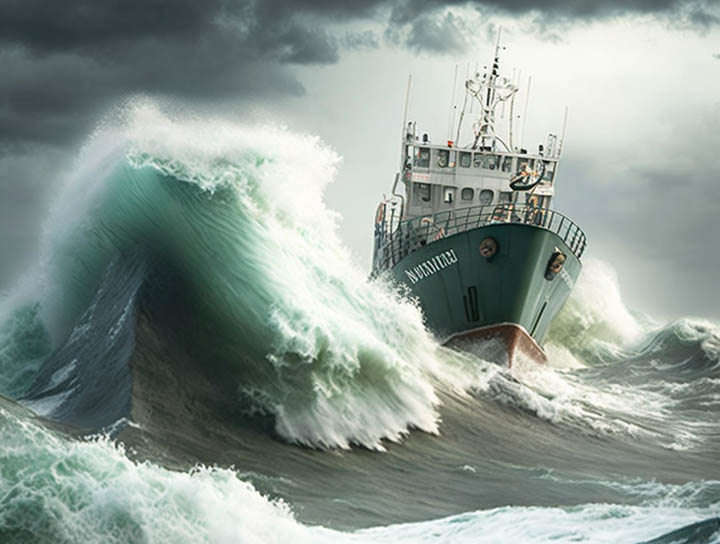
The Origin of The Name
Tsunami is a Japanese word. It means “wave in the bay. It makes sense: in narrow straits and bays the height of destructive waves increases dramatically.
Waves Are Not Always High
Even a relatively low tsunami wave (3-4 meters or 10-12 feet) can be extremely dangerous. It carries an enormous amount of energy, and the mass of water destroys everything in its path.
